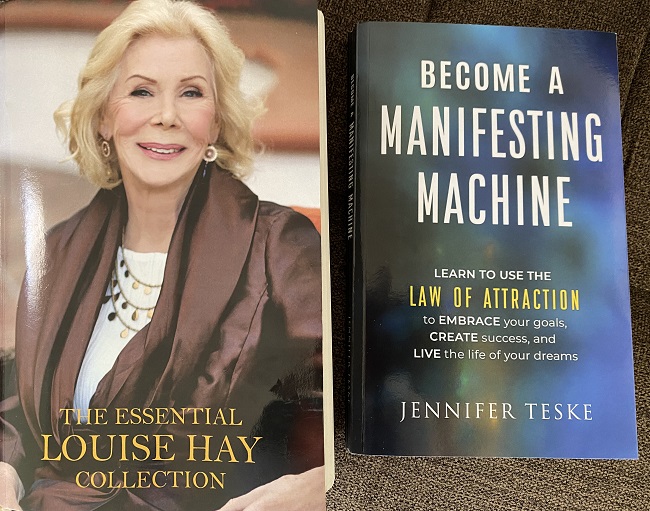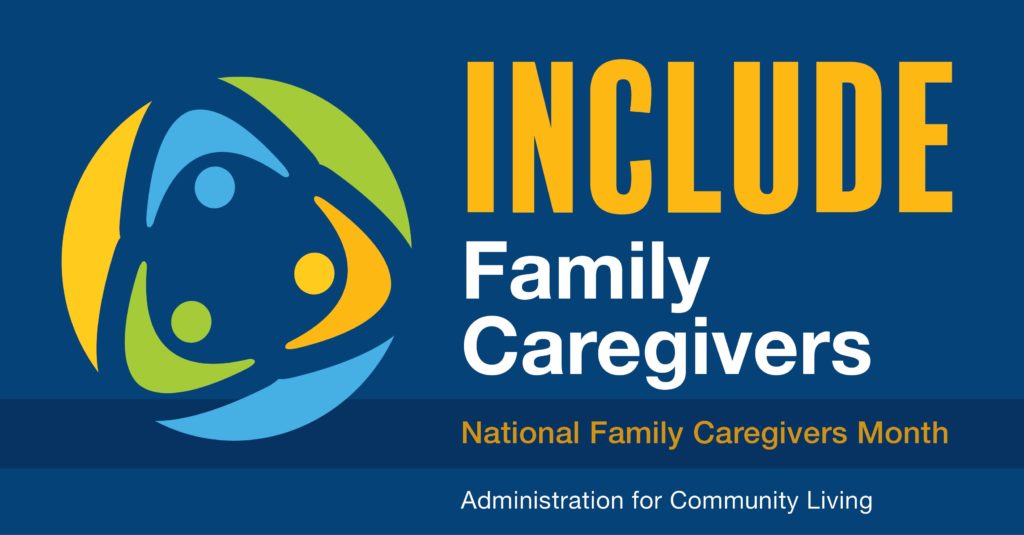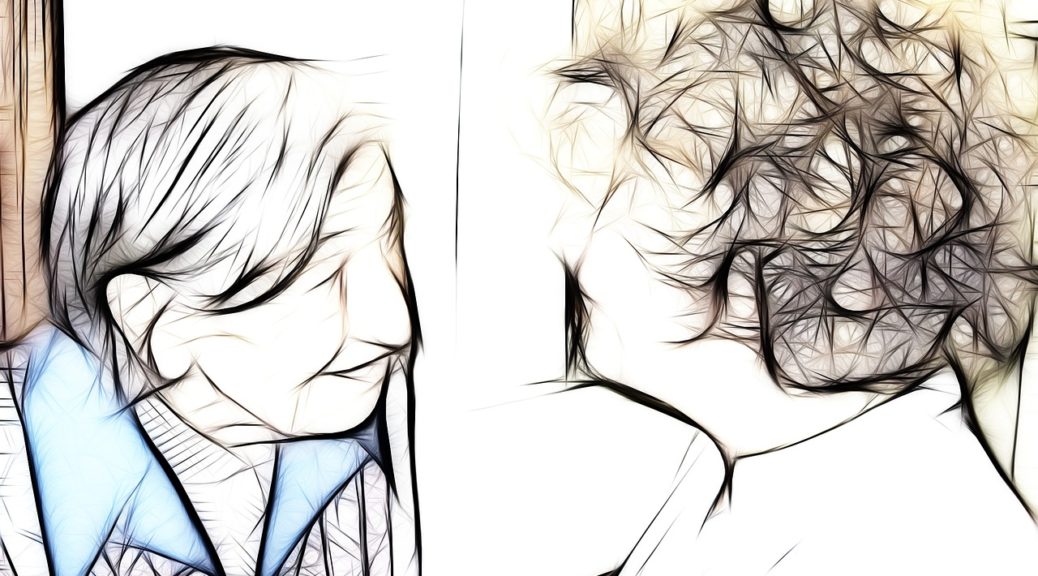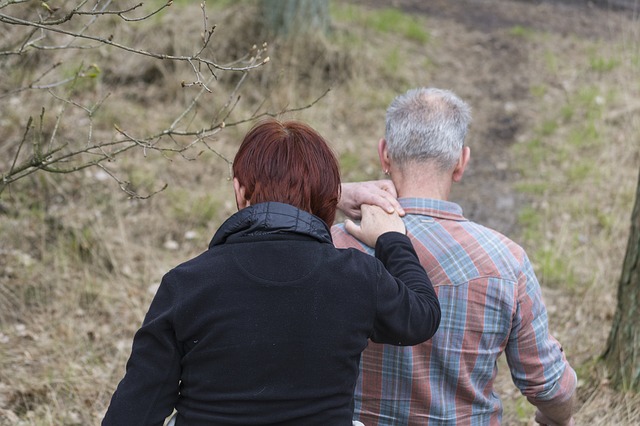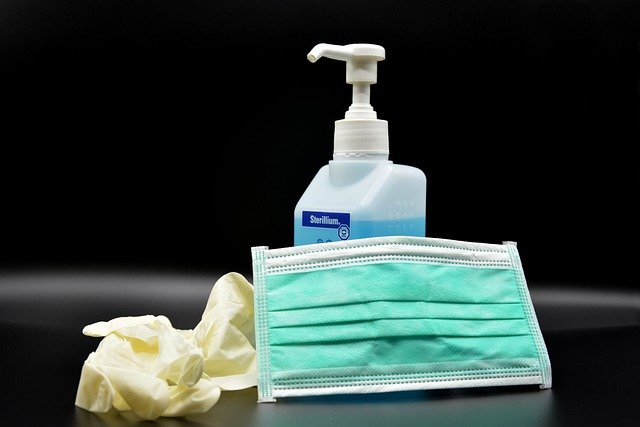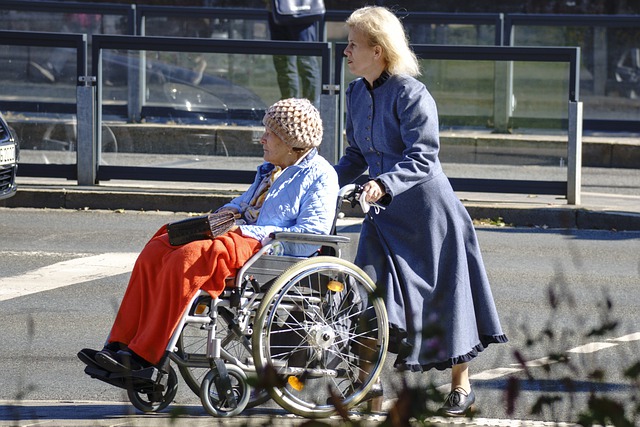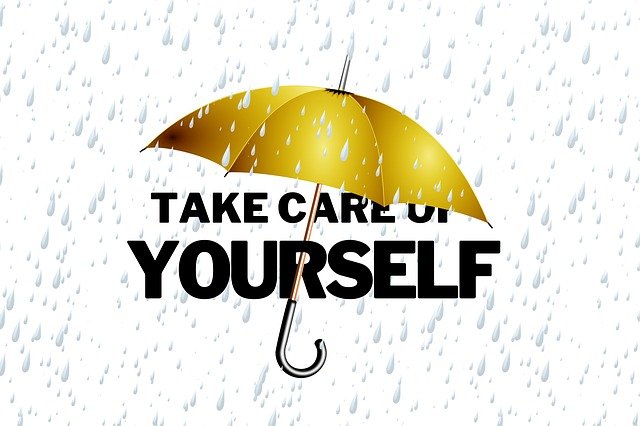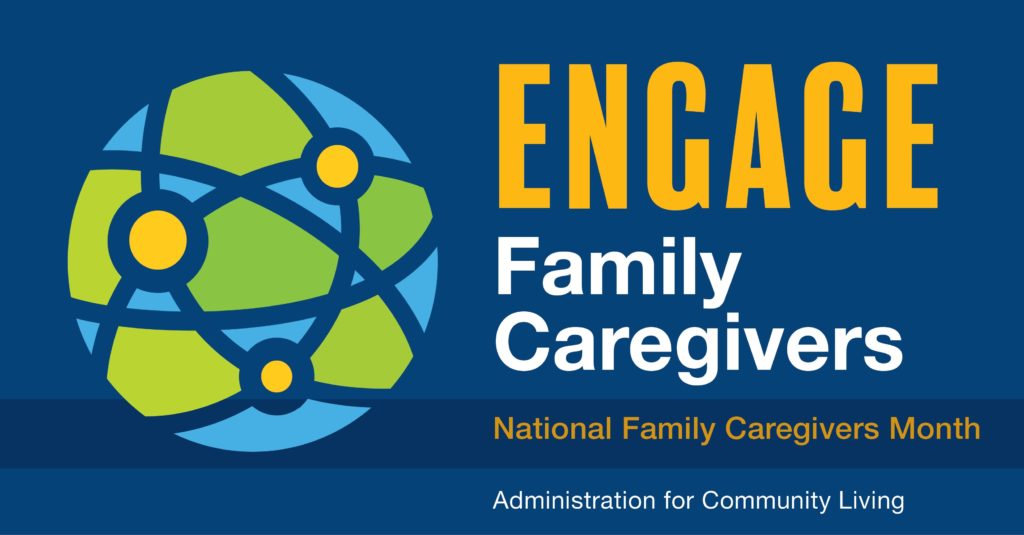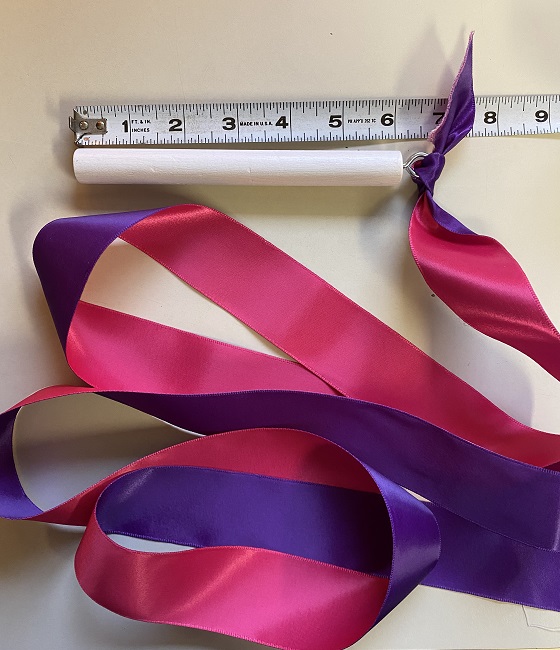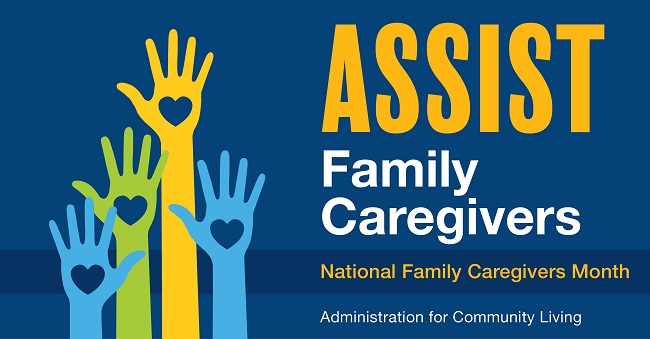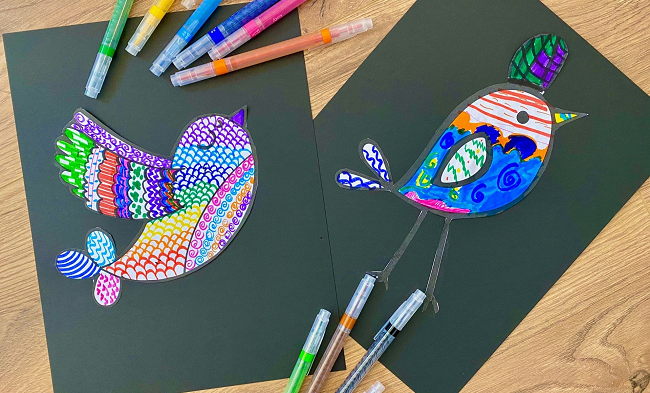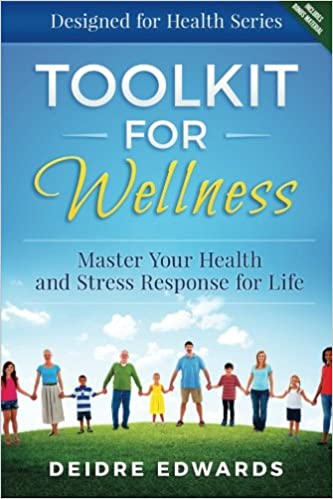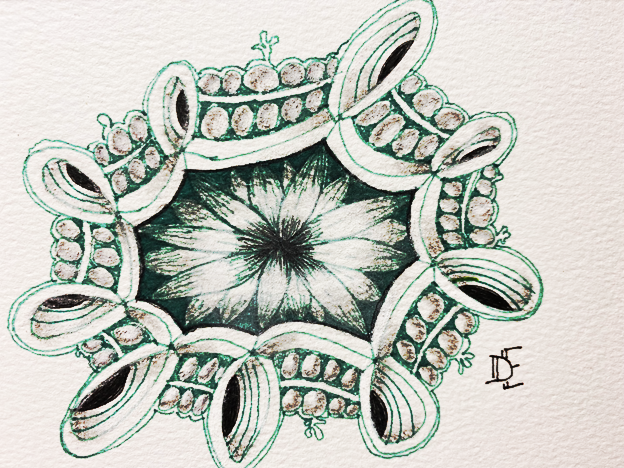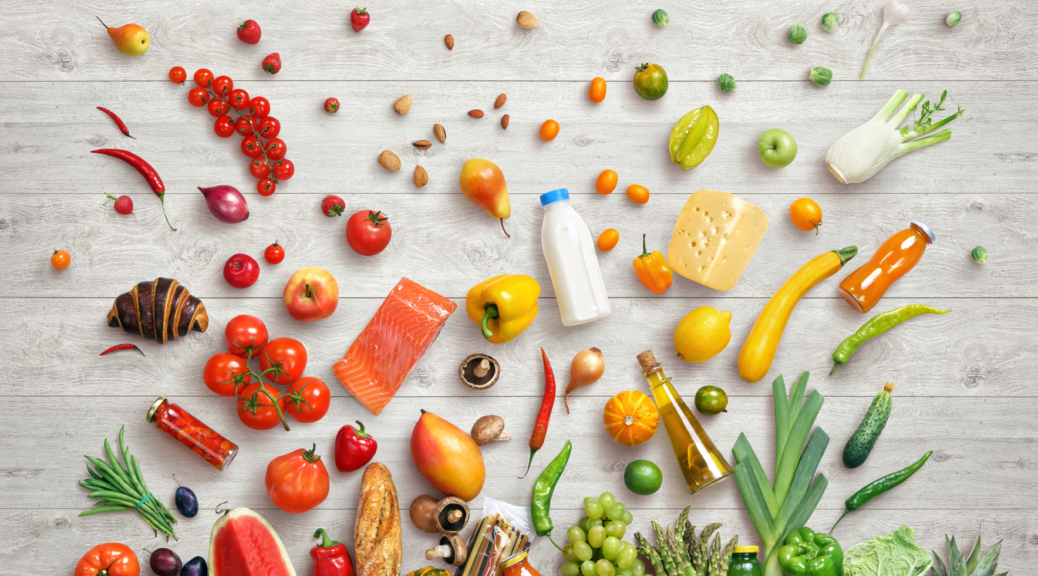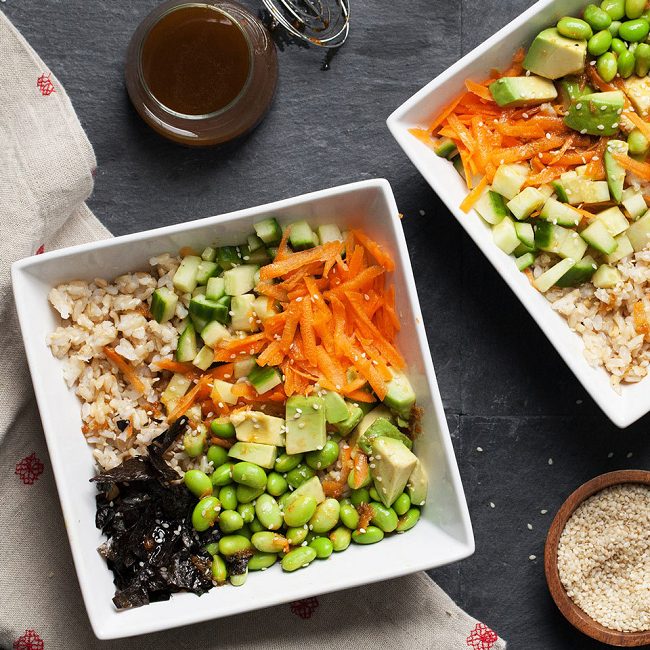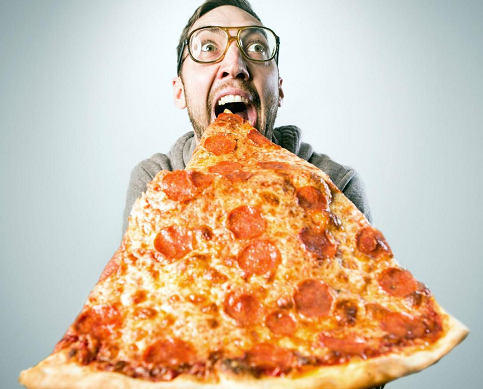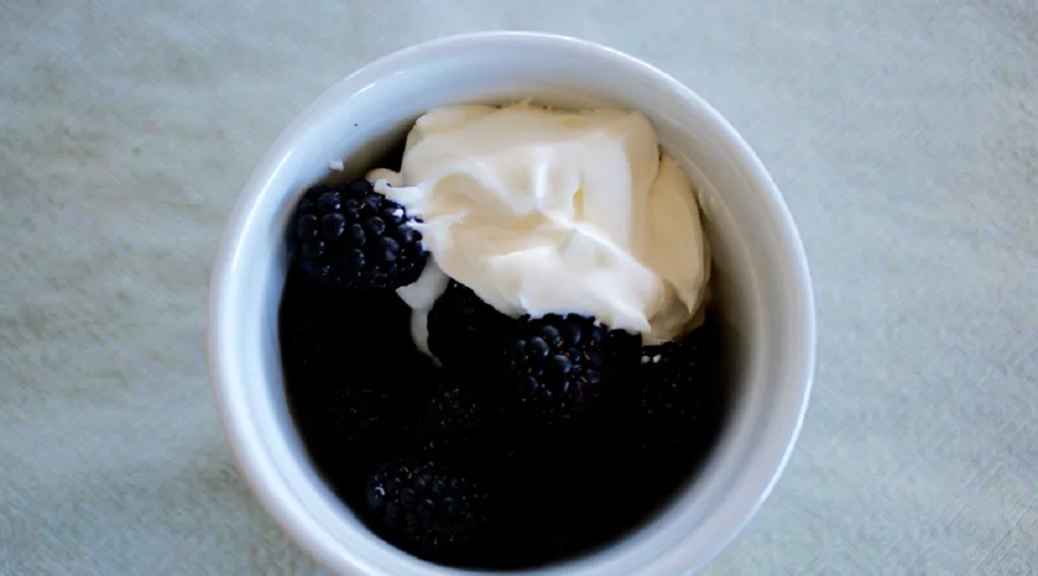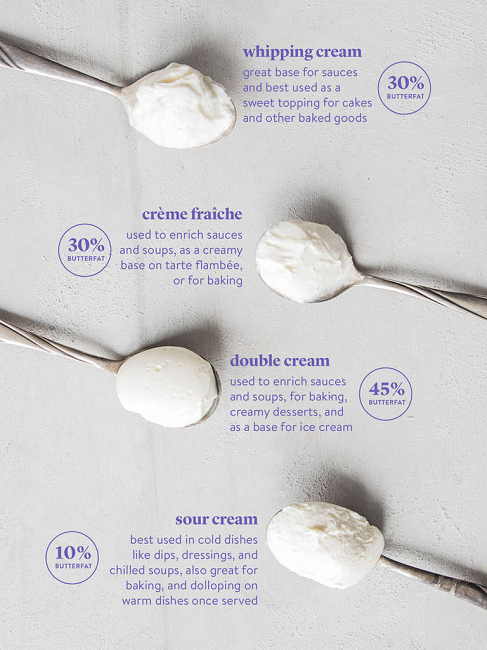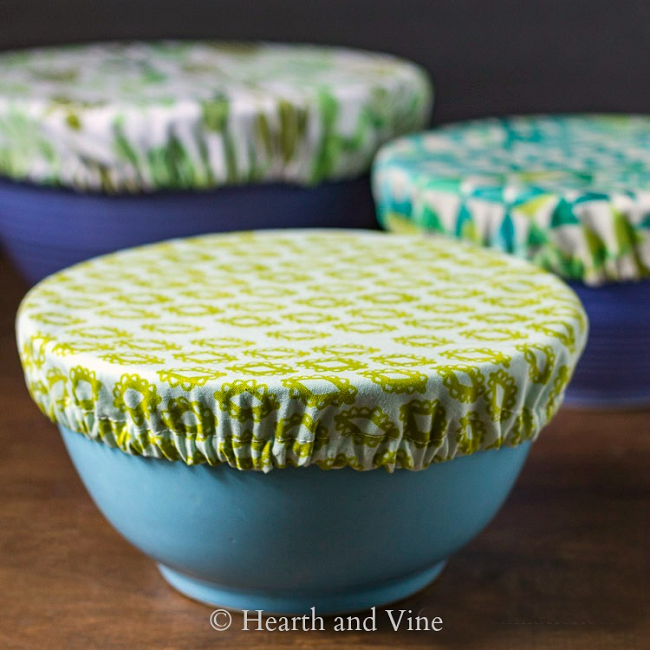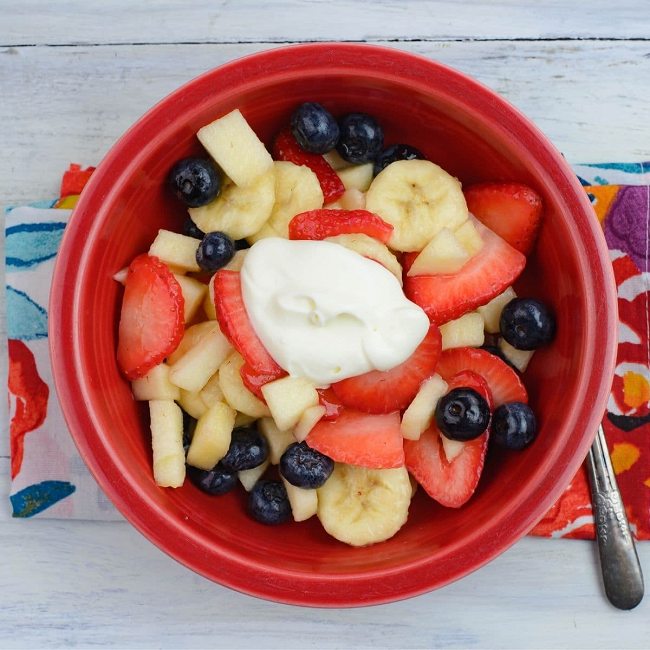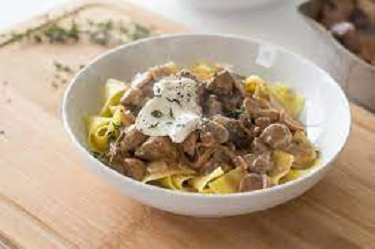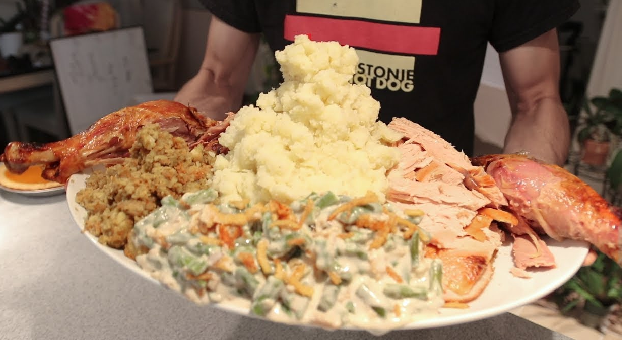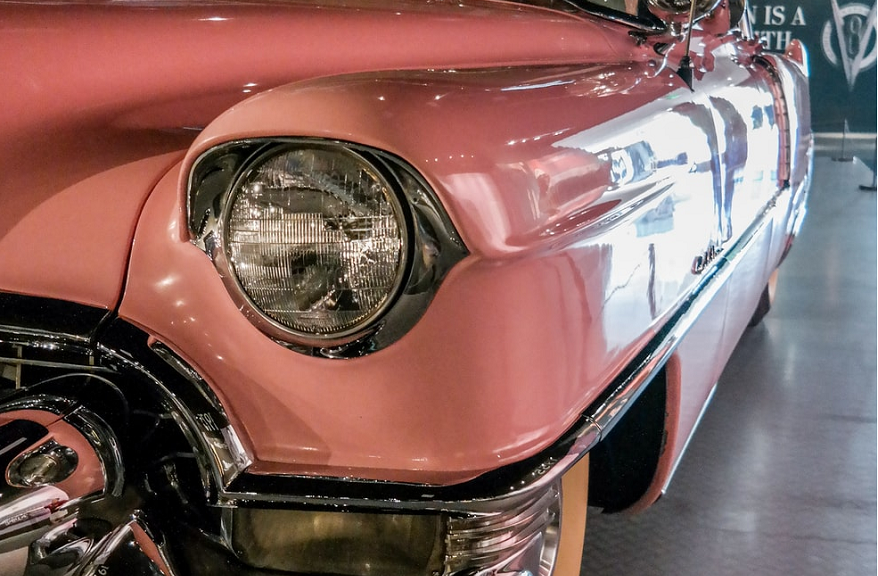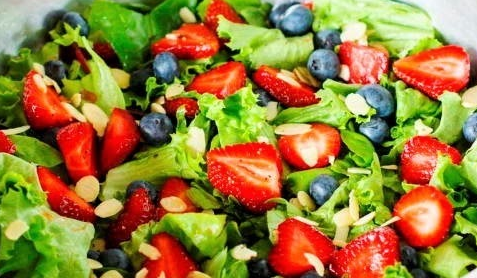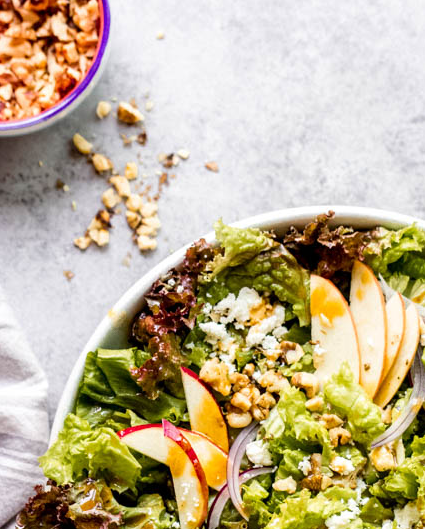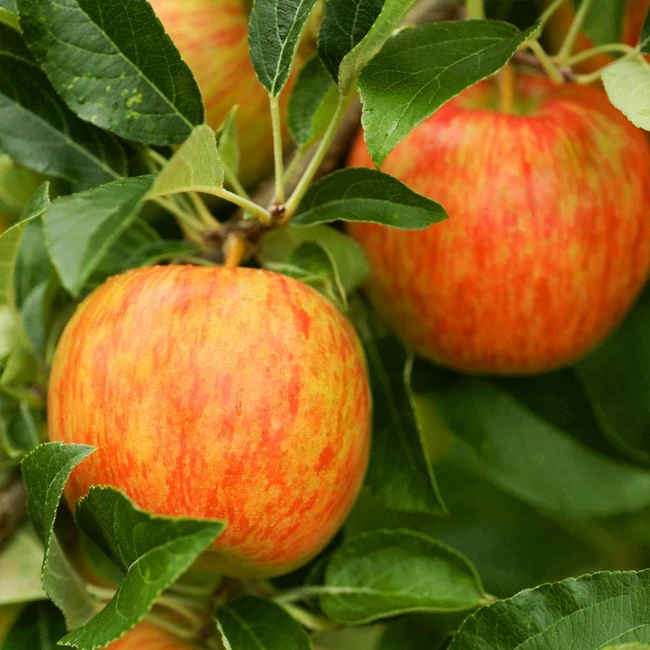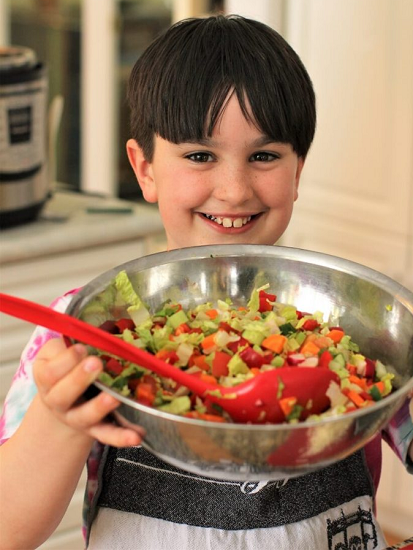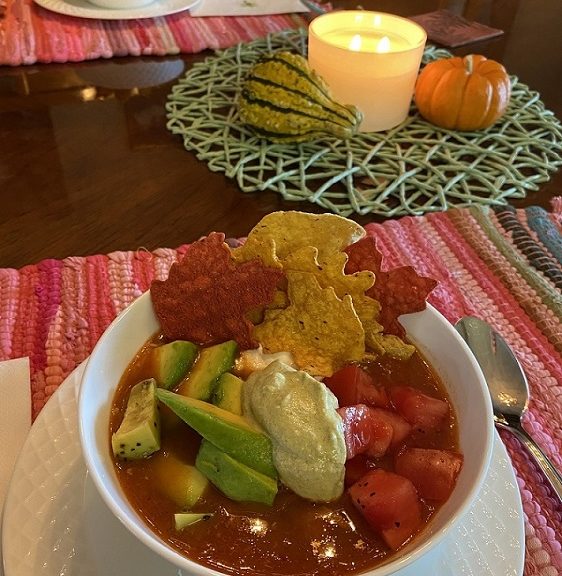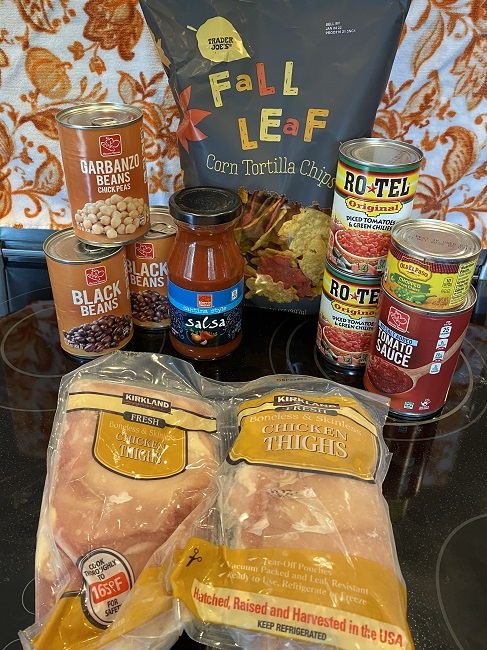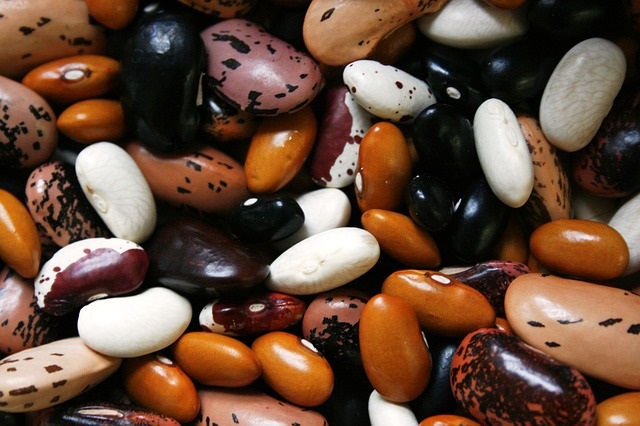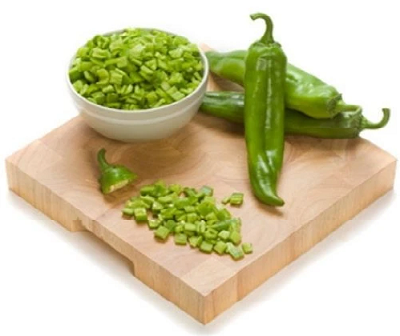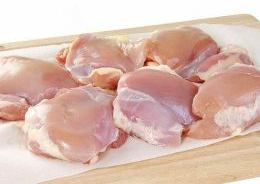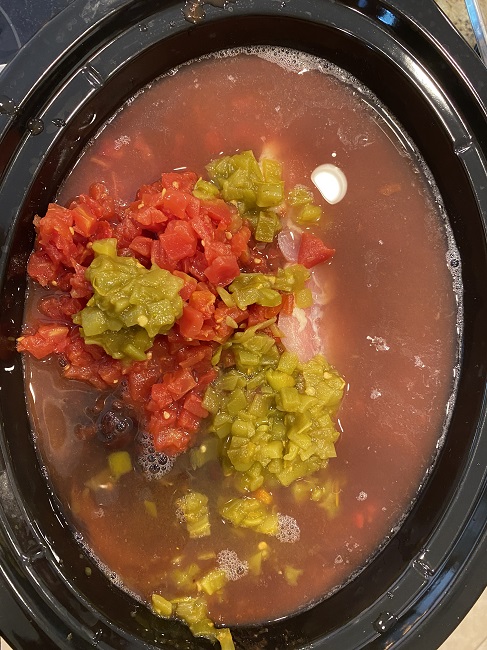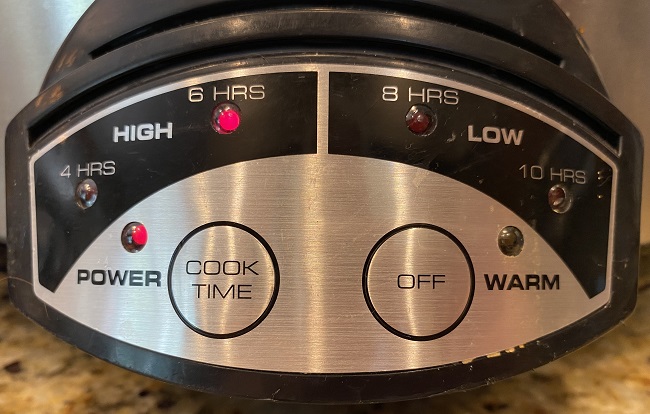Summary of Online Events of November 16, 2021

ALEXANDRA ALLRED
Website: https://www.alexandraallred.com/
Facebook: https://www.facebook.com/alexandra.allred.3
LinkedIn: https://www.linkedin.com/in/alexandra-allred-56985937/
Twitter: @Alexandraallred
As Alex is fond of saying, it doesn’t matter how big or small you are, you have a voice! As she fights for her parents against Alzheimer’s and dementia, Alex’s “Operation Caregivers,” is yet another battle to restore dignity for those who suffer from the disease and empowerment for their https://www.facebook.com/alexandra.allred.3-569859
FREEBIE1: Here is a link for the book, “Alzheimer’s and Dementia 101,” and I will be giving away 10 copies of this book: https://www.amazon.com/Alzheimers-Dementia-101-Pro…
FREEBIE2: For those looking for some serious Girl Power, I will also be giving away 5 free copies of “Awareness is Armor”:https://www.amazon.com/Awareness-ArmorOnline/dp/17…
Email Alex at: redburn4@gmail.com. (Reference that you saw her on The Complete Caregiver Guide event) and request a copy of either “Alzheimer’s and Dementia 101” OR “Awareness is Armor.”
First come, first serve!
DEIDRE EDWARDS
If you are one of the millions of people who has become a caregiver to a loved one, Deidre’s Toolkit for Caregivers will guide you through that maze of caregiving concerns that threaten to overwhelm and consume you.
Website: https://www.deidreedwards.com/
Facebook: https://www.facebook.com/deidre.edwards.96
LinkedIn: https://www.linkedin.com/in/deidre-edwards-078825a…
Twitter: https://twitter.com/FoodTalk4You
FREEBIE: We are giving three lucky people our most popular publication, Toolkit for Caregivers. Toolkit for Caregivers blends the demands associated with caring for another with a calmer atmosphere and self-assured peacefulness – creating a remedy for a more purposeful, soothing atmosphere, beneficial to both you and your patient. Please take the time to sign up for our drawing. We would love for the winner to be you!
Click here to enter: https://toolkits-for-health.ck.page/dc4f3ce72d
I would also like to share the link to my free online course,
Family Caregiver Emotions | Toolkits for Health (teachable.com)
LORI LA BEY
Lori is a passionate advocate who searches for ways to shift our dementia care culture from crisis to comfort. She was recognized as the #1 Influencer Online for Alzheimer’s. As a professional speaker and daughter of a mother with dementia for over 30 years, Lori gets it! Change is needed on multiple levels.
Website: https://www.alzheimersspeaks.com/
Facebook: https://www.facebook.com/AlzheimersSpeaks/
Instagram: @AlzheimersSpeaks
LinkedIn: https://www.linkedin.com/company/alzheimer-s-speak…
Twitter: https://twitter.com/alzspks @AlzSpks
YouTube:https://www.youtube.com/user/AlzheimersSpeaks
Alzheimer’s Speaks Radio: https://www.blogtalkradio.com/alzheimersspeaks
Alzheimer’s Speaks Blog: https://alzheimersspeaks.wordpress.com/
Dementia Map Global Resource Directory: https://www.dementiamap.com/
FREEBIE: A downloadable brochure giving tips to communicate
https://www.alzheimersspeaks.com/images/Home_Page/…
LUCIA MCBEE
Lucia has worked for over 25 years with elders, high-risk population and persons with chronic conditions, as well as their caregivers, in a wide range of community, research, and institutional settings. She developed a pioneering practice using mindfulness to improve the quality of life in community, hospital, clinic and nursing home settings.
Website: http://luciamcbee.com/
LinkedIn: https://www.linkedin.com/in/lucia-mcbee-27988717/
FREEBIE: A 3-minute audio file, “Breathing Space”:
https://onedrive.live.com/?authkey=%21ALOZFO0DMzee…
KATE MCKAY
Kate is a speaker, coach, media expert, fitness and wellness buff, and mom. Kate is committed to inspiring others to live a breakthrough life.
Website: https://www.kate-mckay.com/
Facebook: https://www.facebook.com/TheBreakthroughCatalyst/
Instagram: https://www.instagram.com/katemckaycoach/
LinkedIn: https://www.linkedin.com/in/katemckaybreakthroughc…
FREEBIE: Download “Learn How to Handle Tolerations” worksheet: bit.ly/KMFreeWorksheet
DIVYA PAREKH
Divya’s strategies motivate leaders, cross-functional groups, and teams to cultivate independent leadership, the interdependence between themselves and their internal and external customers to achieve a combined mastery of connectivity and alignment. Her experience allows her to guide leaders, teams, and professionals through complicated business and personal challenges.
Website: http://divyaparekh.com
Facebook: https://www.facebook.com/beyondconfidenceforsucces…
Podcast: https://www.podcasts.com/beyond-confidence-59
Blog: https://www.divyaparekh.com/blog/
Instagram: https://www.linkedin.com/in/divyaparekh/
LinkedIn: https://www.linkedin.com/in/divyaparekh/
Twitter: https://twitter.com/coachdivya
FREEBIE: Free audio program:
https://success.divyaparekh.com/leadershipandinfluence/
DR. MARION SOMERS
During the past four decades, Dr. Marion has provided care for more than 2,000 elderly clients while she owned and operated a thriving Geriatric Care Management practice. It is now Dr. Marion’s goal to help caregivers everywhere by providing valuable insights and information.
Website: http://drmarion.com/
Facebook: https://www.facebook.com/DrMarionSomers/
Instagram: https://www.instagram.com/dr_marionsomers/
LinkedIn: https://www.linkedin.com/in/drmarionsomers/
FREEBIE: A one-page A to Z caregiving guide for the caregivers who are often overworked and underappreciated –
http://drmarion.com/dr-marion-somers-eldercare-a-z/
CLAUDIA TABOADA
Claudia is a burnout prevention and stress resilience coach and mentor, a self-care advocate, and a motivational speaker. She is also an entrepreneur, a digital course creator and founder of the ”Unstoppable You Wellness Academy,” an online platform offering digital courses, digital products and online trainings, with the mission to empower those who are burned out.
Website: https://claudiataboada.com/
Private FB Group for moms and caregivers The Unstoppable Mom
Project: https://www.facebook.com/groups/theunstoppablemomp…
FB Business Page Claudia Taboada — The Unstoppable Mom: https://www.facebook.com/ClaudiaTaboadaTheUnstoppa…
Linkedin: linkedin.com/in/claudia-taboada-216a901bb
FREEBIE: The Unstoppable You Self-Care and Total Wellness Assessment. Here is the link to subscribe: https://crafty-thinker-6396.ck.page/6a55a65df1
PETRA WEGGEL
Petra is an author and entrepreneur who turned her attention to finding real-world elder care solutions after a series of unexpected events left her scrambling to help her parents manage their affairs. Her desire was to offer other adult children of seniors practical advice they could use in their own lives.
Website: https://theeldercareplaybook.com/
Facebook: https://www.facebook.com/petra.weggel
LinkedIn: https://www.linkedin.com/in/petraweggel/
FREEBIE: The Elder Care Playbook: https://theeldercareplaybook.com/get-freebie/
NOTE: If you wish to save a copy of this on your computer or want to print it out, click our PRINT button below – under DESTINATION, scroll down to PDF and click SAVE.





